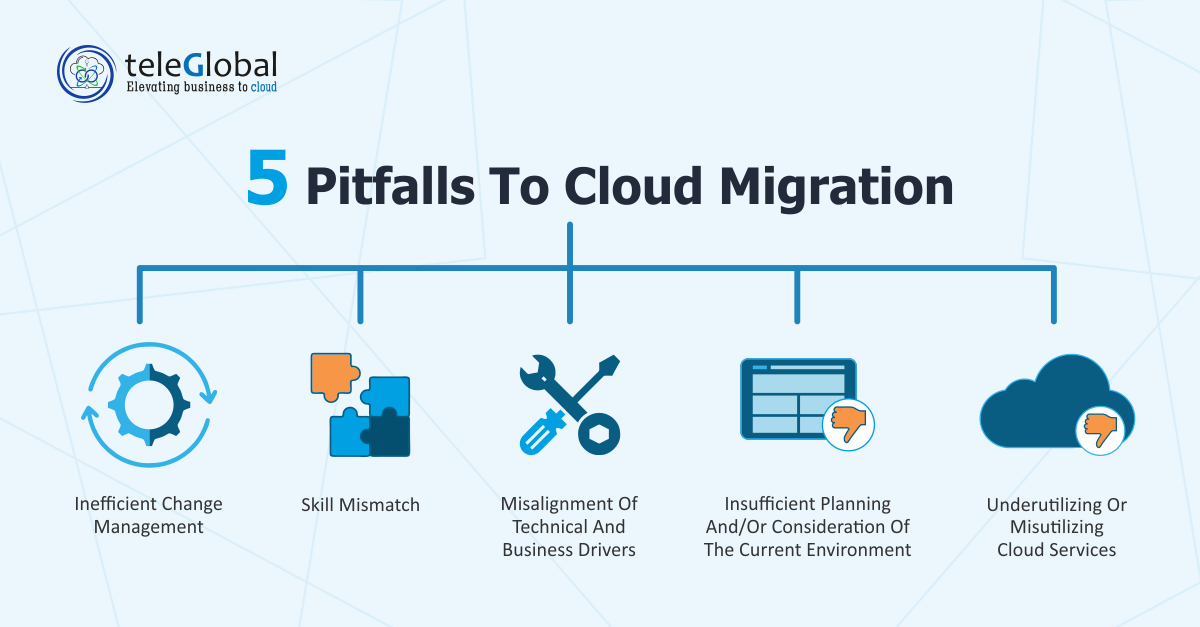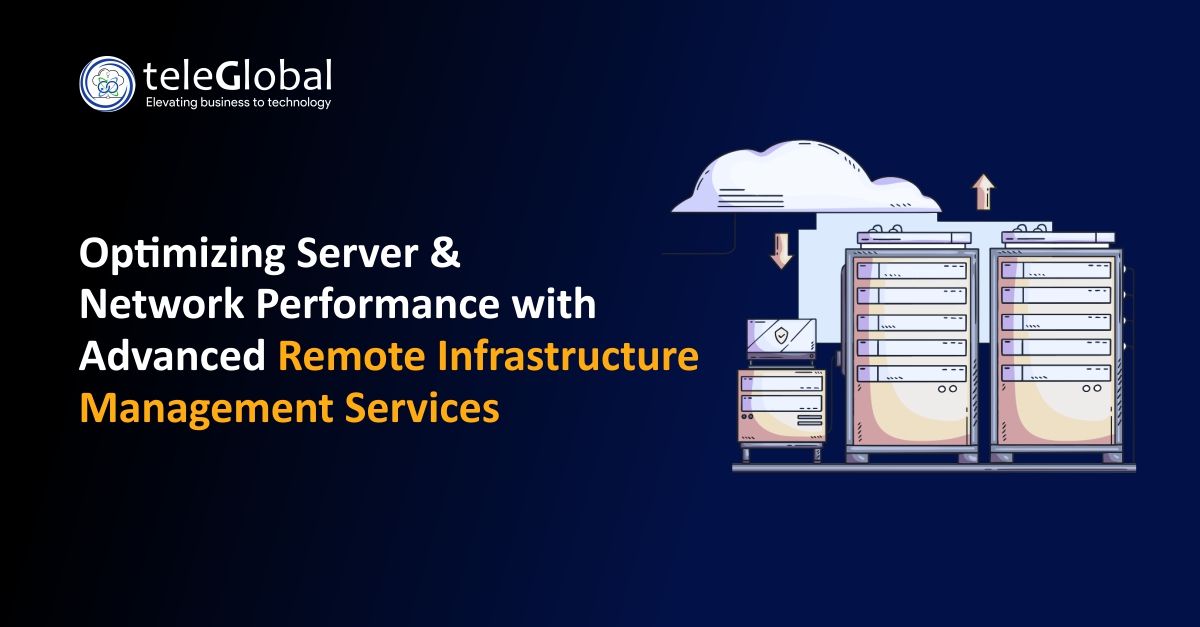
Several potential pitfalls can compromise your migration and ability to support a cloud environment. This article looks at five of the most common pitfalls. The first two are related to staff and personnel, while the next three relate to the planning of the infrastructure and migration.
1. Inefficient change managementThe first pitfall might not seem like a big one, but the lack of staff preparation can bring your migration to its knees. There needs to be clear communication of the current environment and what the new cloud environment will look like, to avoid confusion. Forced immediate adoption of the new cloud environment might sound like a tempting approach; however, without communication of what this will look like, the support system will be flooded with queries and your technical staff will quickly be overwhelmed.
2. Skill mismatchOne problem that several businesses need to contend with is that their staff might not have the right skills to leverage the new cloud technology. If you’re using the cloud correctly, it will be different from what you’re used to. You’ll have to manage things differently, for instance, how to control access to data.
Your current staff might not know how to do these things. To fix this problem, you should train and certify your staff before moving to the cloud. You can also hire an external provider, like a Cloud Partner or a Managed Services Provider (MSP) to help you manage this. This way, the learning curve is much shorter and you can make sure your staff is ready to use the new technology.
3. Misalignment of technical and business driversWhile cost savings is a big reason for cloud adoption, listing cost savings as the biggest or only business driver for moving to cloud services is a definite red flag. The whole OpEx vs CapEx debate has its place but cost savings should not be the main reason for cloud adoption.
Instead, the company should focus on how moving to the cloud can help them achieve its business goals, such as expanding its customer base. This objective can be easily met by utilizing the specialized services of a Public Cloud Provider. As an AWS Partner can tell you, AWS, or for that matter, Azure or Google, can enable this much faster than a business’s abilities. Therefore technical and business stakeholders need to work together to plan the move and make sure they are on the same page. This will help prevent problems down the road and avoid misalignment in the planning process.
4. Insufficient planning and/or consideration of the current environmentPlanning has a critical role to play and improper planning in understanding your current environment is another major pitfall.
Not making a plan and not understanding the current situation can cause problems. This is common in many areas. For example, some data centers have been used for a long time and their software and hardware may have become old and outdated. Before moving to the cloud, it’s important to understand how this will affect the movement and to plan for it. This will help avoid extra costs and problems during and after the move.
5. Underutilizing or Misutilizing Cloud ServicesCloud platforms and SaaS services can help your business run better. These services can help you expand quickly and work in different places. Also, they can help you change how you use your current applications and databases. For example, instead of having to update and fix software on your own, the cloud service takes care of it for you. This way, your software is always up-to-date and safe from hackers.
Using SaaS services, like Office 365 or Google Suite, also means you don’t have to have your servers for these business tools. And with the cloud’s pay-as-you-go principle, you need only pay for whatever resources you use and for the time you use it. But, some companies just choose to take the lift-and-shift approach, i.e. move their current applications and databases to the cloud without taking advantage of these extra benefits. To avoid this, make sure to plan and think about how your business can use these services.







































